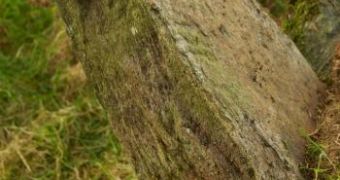Most information about ancient civilizations comes from old tomes and inscriptions on stone tablets, monuments, and building walls, which is why archaeologists and historians always lament the loss of such things. 3D printing might make their lives easier though.
Well, not so much 3D printing as 3D scanning. No longer do you have to pour a cast over a fossil or old relic to preserve it for transportation, or even move it at all.
Moreover, you don't have to stand around and squint at a wall all day in order to decipher a writing.
Instead, you can use a 3D scanner to build a virtual model of whatever you're researching. Said model you can then take home with you and study in detail from the comfort of your office chair.
Currently, a technique like this is being used to record and save the Ogham alphabet, a series of notches and lines that were etched in standing stones located in Kerry County, Ireland, back in the year 5 AD.
The Dublin Institute for Advanced Studies is using an Artec Eva 3D laser to achieve this purpose before time destroys all remnants of the writings.

 14 DAY TRIAL //
14 DAY TRIAL //